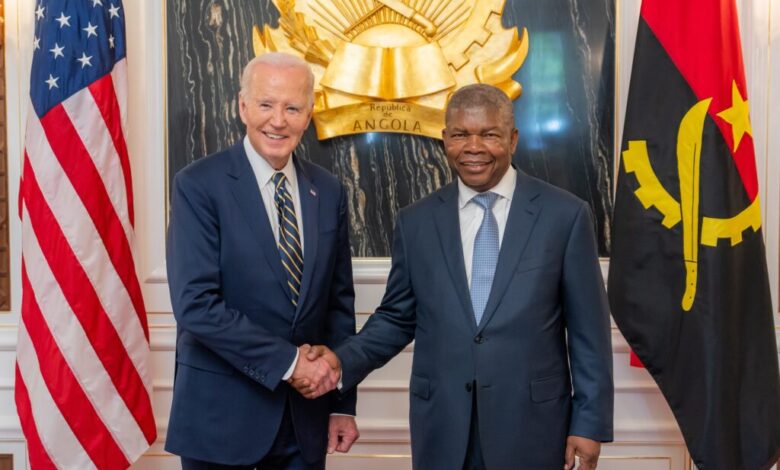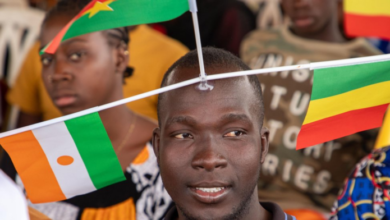US Pledges Over $1bn in Humanitarian Aid to 31 African Countries
Biden Announces Massive Support to Combat Food Insecurity During Angola Visit

The United States will provide more than $1 billion in humanitarian assistance to address critical needs across 31 African countries, targeting food insecurity, refugees, and displaced populations.
The funding, announced during President Joe Biden’s visit to Angola, comprises nearly $823 million from USAID, including over $202 million from the U.S. Department of Agriculture’s Commodity Credit Corporation, and almost $186 million from the U.S. Department of State.
According to UN data, one in five Africans – approximately 300 million people – faced hunger in 2023, with the number of people experiencing acute food insecurity continuing to rise.
The assistance aims to address challenges driven by armed conflict, extreme weather events, and natural disasters across the continent. Humanitarian partners will provide life-saving programs, emergency health care, water, sanitation, and hygiene services to prevent disease transmission.
The funding will also support protection, mental health, education, and shelter for vulnerable populations. Through the Commodity Credit Corporation, USAID will purchase and distribute U.S. agricultural commodities to food-insecure populations in East and Central Africa.
This announcement reaffirms the U.S. commitment made at the 2022 U.S.-Africa Leaders’ Summit to accelerate progress toward achieving food security and provide humanitarian assistance.
The humanitarian aid exposes the critical challenges facing the African continent, highlighting persistent vulnerabilities in food security, health, and economic stability. While the assistance provides immediate relief, it also exposes systemic issues of agricultural sustainability, climate resilience, and economic development within the continent. The funding represents more than a humanitarian gesture, it signals a commitment to addressing root causes of food insecurity and supporting vulnerable populations across Africa. However, long-term solutions will require approaches that go beyond emergency aid, focusing on infrastructure development, agricultural innovation, and local economic empowerment.




